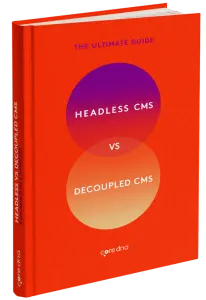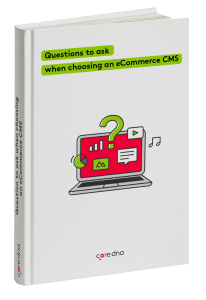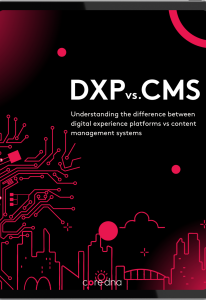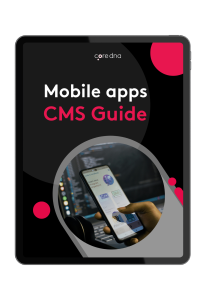What is a Headless CMS and why use one?
Headless CMS - short for Headless content management system - comes as a solution to the increasing need for omnichannel delivery and scalable content management system. With digital channels becoming an inherent part of our lives, companies need a flexible solution that allows them to deliver their content on any digital device: smartphone, smartwatch, voice assistants, digital signage and more.
At its core, a headless content management system is API-first content management system. It allows developers, agencies and content creators to easily store, manage and access data from any type of application runtime environment without changing the structure or language of the backend. This means that instead of manually coding each page, developers can write more reusable code and create templates for frequently used elements.In this guide you will learn:
- What is a headless content management system?
- The difference between headless vs traditional CMS.
- What is a decoupled CMS?
- Headless vs decoupled CMS.
- Things to consider when choosing a headless CMS.
- Headless CMS case studies.
Key Takeaways:
- Headless with native features are the most secure content management systems
- CMS comparision: Core dna vs Contentful vs Kentico
- Case studies: Princess Cruises, The Economist and V-zug
- The solution to get wysiwyg capabilities with headless is a Hybrid CMS
- Headless is necessary for omnichannel experience.
If you are looking for a content management system that is easy to use and can be tailored to meet your specific needs, then Core dna may be the right solution for you. We encourage you to download our free e-book, Headless CMS which will give you more information about all content management systems out there.









